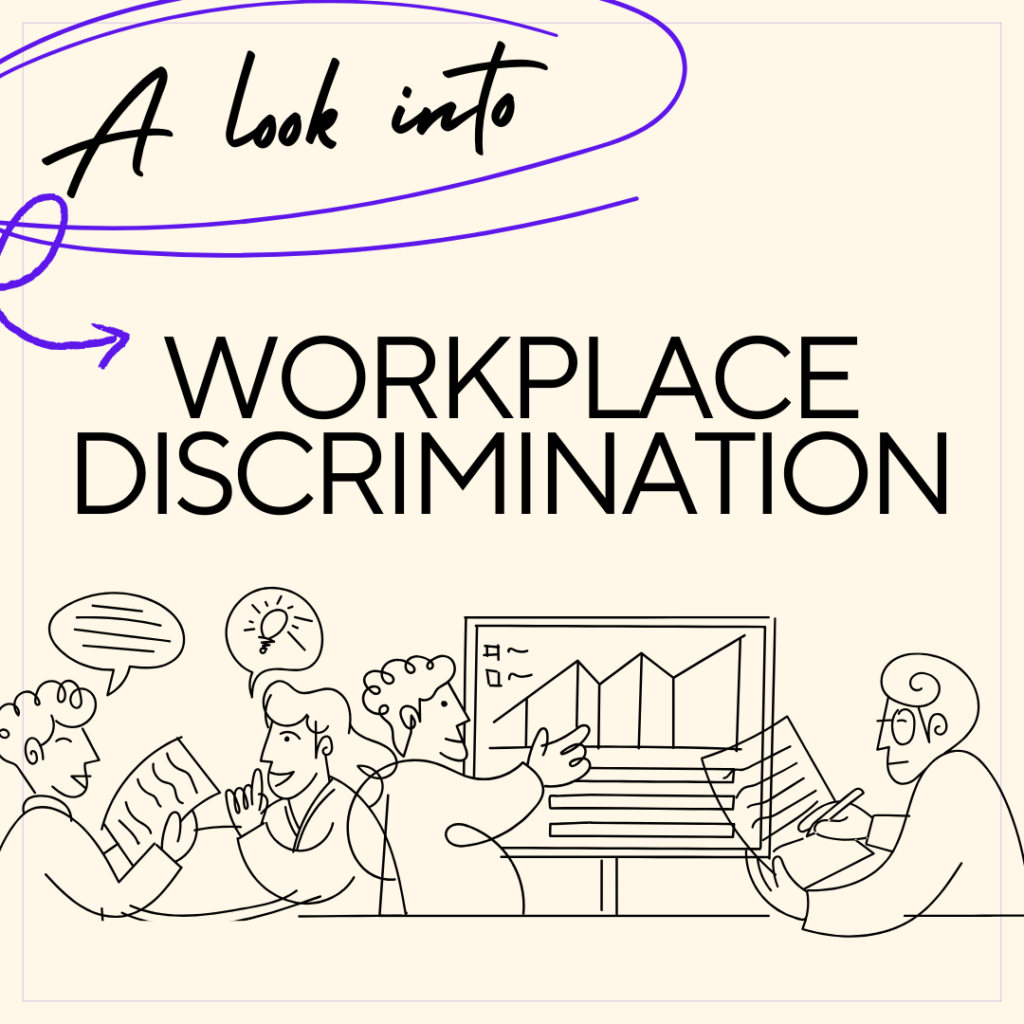Recent conversations around workplace discrimination have taken on more complex tones, reflecting a broader understanding of what it means to foster an inclusive and equitable work environment. In Victoria, the landscape of workplace discrimination is shaped significantly by the Equal Opportunity Act 2010, which clearly defines and prohibits discrimination on the basis of 18 personal characteristics. This legislation, coupled with federal laws, serves as a cornerstone for protecting employees from unfair treatment. However, the distinction between lawful and unlawful discrimination can often be complex, leaving many employees and employers navigating a grey area.
The Legal Backdrop
Central to Victoria’s strategy against workplace discrimination is the Equal Opportunity Act 2010. This Act highlights protected attributes, such as race, gender, age, and disability. Federally, similar protections exist, reinforcing the rights of individuals across all states and territories.
However, arming oneself with just this knowledge isn’t enough. The real-world application of these laws is where the true complexity lies. Not all acts of differential treatment are considered discrimination under the law. For instance, a boss’ performance review or the delegation of tedious tasks, while possibly unfair, doesn’t automatically wave the flag of unlawful discrimination unless it’s explicitly tied to a protected characteristic.
Different Treatment vs. Discrimination
One of the most challenging aspects of addressing discrimination in the workplace is discerning between simple differences in treatment and actual discriminatory practices. Lawful differentiation in treatment at work often revolves around legitimate business needs, such as performance management processes or task delegation based on skills and job requirements. These actions become problematic only when they are applied inconsistently and are motivated by one of the protected characteristics. This nuanced understanding requires a thorough comprehension of both the intent and the impact of actions within the workplace.
The Role of Education and Awareness
Navigating the complex terrain of discrimination requires a commitment to continuous education and awareness. Employers need to be proactive in educating their staff about what constitutes discrimination and what does not. Regular training sessions, updated HR policies, and clear, accessible reporting mechanisms can all help create an environment where all employees feel valued and respected. Further, fostering an inclusive culture goes beyond legal compliance. It involves nurturing a workplace where diversity is celebrated, and individuals can flourish without fear of marginalisation for their inherent traits. This culture shift requires continuous effort and commitment from all levels of the organisation.
The Way Forward
The path towards a truly non-discriminatory workplace is ongoing. Employees and employers alike should actively engage with these issues, challenging their own biases and strive towards more equitable practices. It’s vital for everyone, from the boardroom to the break room, to engage thoughtfully with these concepts to cultivate not just a legally compliant, but a genuinely inclusive, workplace.
Workplace Wizards’ consultants and lawyers bring years of expertise in developing comprehensive workplace policies tailored to promote equality and prevent discrimination. We provide guidance to employees and managers on understanding their responsibilities and options in fostering inclusive, respectful environments. Our support includes creating policies that align with legal and modern award obligations, covering areas such as confidentiality, disciplinary procedures, and other critical aspects. Additionally, we can help refresh your understanding with our engaging training sessions on fair treatment at work, featuring real-life scenarios and case studies presented by experienced professionals.
For a quick, no-obligation consultation about how we can help your business with this matter, call Workplace Wizards today on 03 9087 6949 today or email at support@workplacewizards.com.au. Our team of Melbourne based employment contract lawyers and consultants can answer your queries, explain the particulars of employment contracts, and discuss what actions your business could be taking.




Comments are closed.